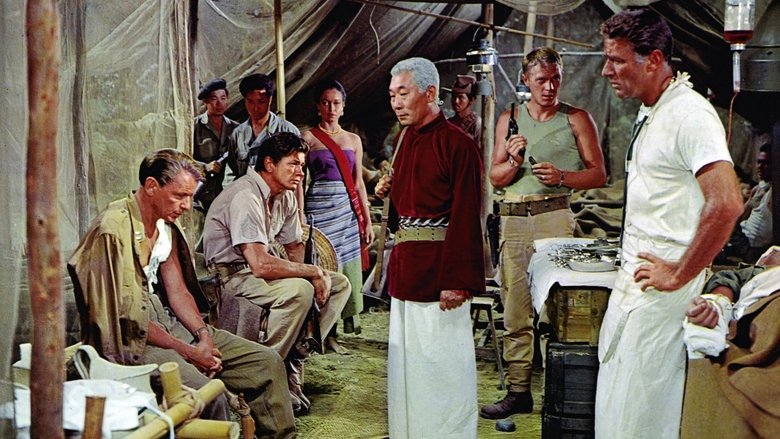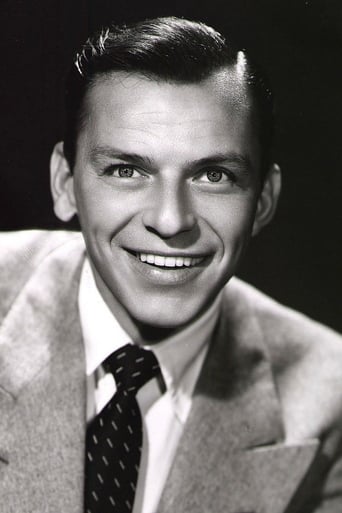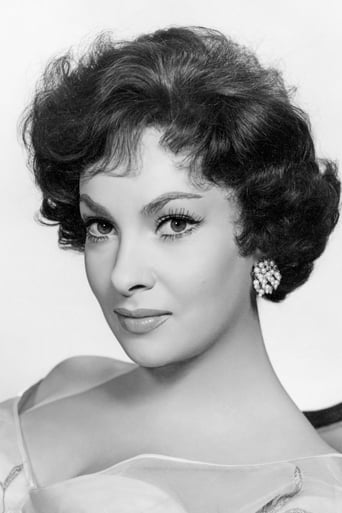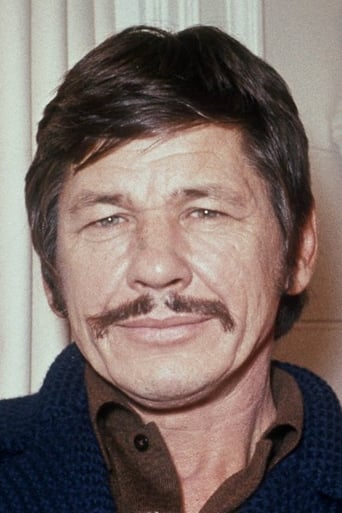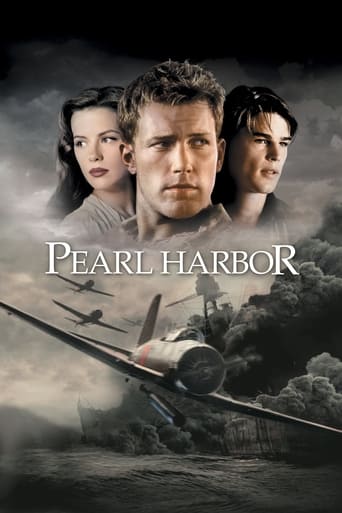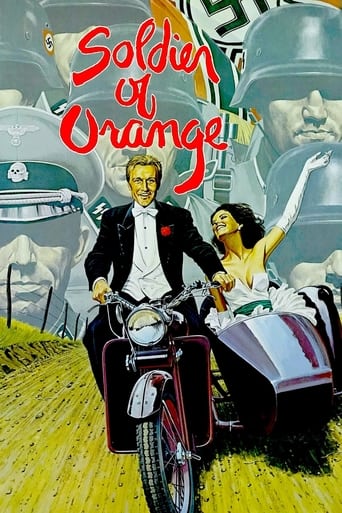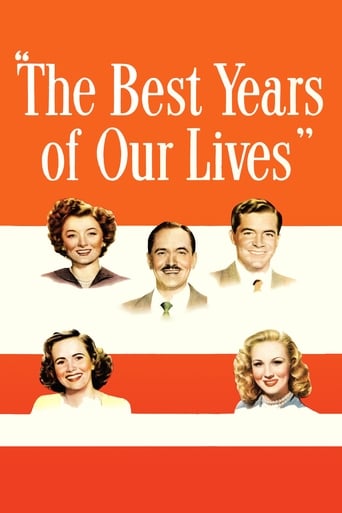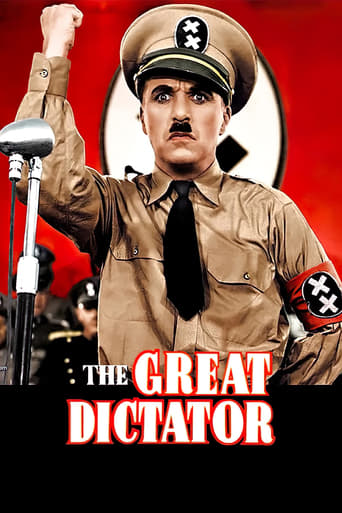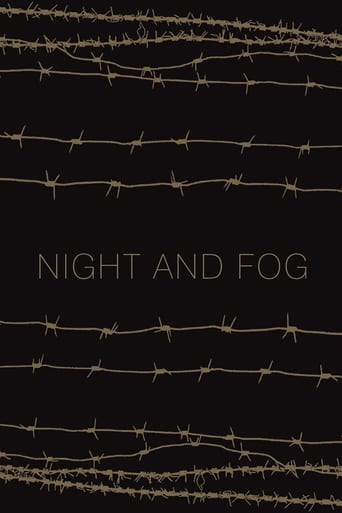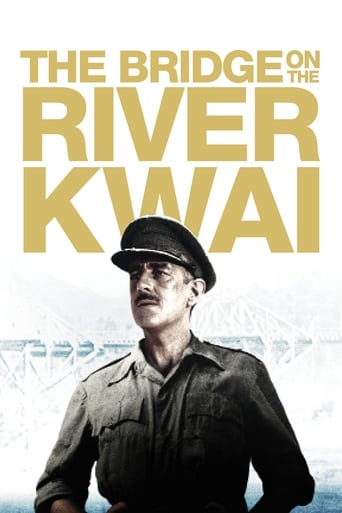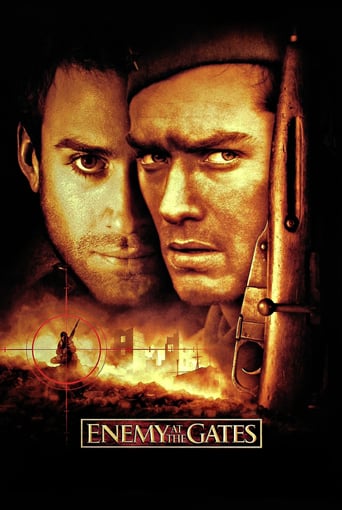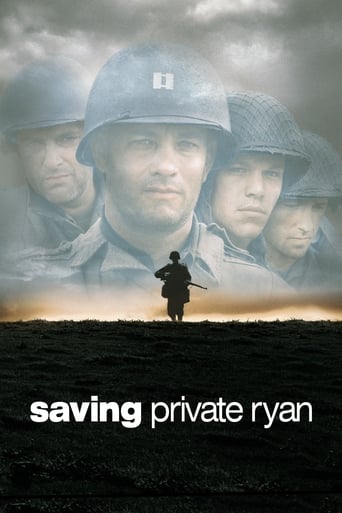Never So Few (1959)
A U.S. military troop takes command of a band of Burmese guerillas during World War II.
Watch Trailer
Cast


Similar titles
Reviews
I understand this was directed by John Sturges but it's Frank Sinatra's movie all the way. Steve McQueen, in a supporting role, was a rising star at the time and constituted competition for the Chairman of the Board. According to the Presenter on TCM, here's how Old Blue Eyes handled the potentially disturbing relationship: "Here's how it works. I show up and say my lines, and if there's any light left over, you get it." McQueen was savvy enough to keep out of Frank's way. McQueen's part was supposed to be given to Sammy Davis, Jr., but the two had had a falling out and Davis was temporarily in the dog house.That's all okay. Sinatra was never noted for his reticence or his modesty. The problem is that he seemed at times to believe that his movie career could be carried along by the momentum provided simply by his presence. This is one of his lazier performances. (His better ones include "The Manchurian Candidate" and "From Here to Eternity.") The story has to do with Sinatra and his crew training Kachin tribesmen of the Burma highlands to wage war against the Japanese occupiers in World War II. The Kachin, for what it's worth, are well-known in anthropological circles. But this narrative, as simple as it seems, remains unfocused. There aren't any scenes of Sinatra's crew training the Kachin. You can't tell who is a Kachin and who is an ordinary Burmese.We can be sure that Gina Lollobrigida is not a Burmese. She's a glamorously made-up Hollywood star who is the mistress of Paul Henreid. After a brief period of emotional turbulence, she decides to run off with Sinatra. She doesn't sweat. The climate is that of a tropical rainforest and she doesn't sweat. Nobody sweats. Everyone's uniforms are clean and dry. Sinatra is outfitted in a faux military corduroy uniform and one of those AnZac hats with the brim curled up on the side. The shoulders are extraordinarily broad and the rest of the uniform loose and baggy. Watching him walk is a painful experience.There are some scenes of combat that are pedestrian but exciting anyway, even if they're just taken as a relief from the dreary love story between Sinatra and Lollobrigida.Nice photography by William Daniels. The score by Hugo Friedhofer is lush and romantic and eminently forgettable. You want a good war movie about battle in the China-Burma-India theater? Watch "The Bridge on the River Kwai."
Frank Sinatra looks like an outdoors department store mannequin most of the time and the usually reliable action director John Sturgis (The Magnificent Seven, The Great Escape) is at a loss to get things moving in this World War Two drama that claims to have been shot in Burma and Thailand (exposition shots perhaps) but is dominated by exterior scenes shot on indoor stages.Sinatra is Captain Tom Reynolds commander of an elite force sent to Burma to train and support locals against the Japanese. He's there to get a job done by any means possible and his methods causes rifts within the unit as he bends the rules. In between helping liberate the Burmese people and committing atrocities he spends his r&r in clinches with English challenged, futuristic looking Gina Lollibridgida.Sturgis is hard pressed from the outset to build suspense and urgency into his film with Sinatra's casual acting style in the pivotal role. He's all Vegas cool and insolence and it's a bad fit to lead the likes of characters played by real rough and tumbles Steve McQueen and Charles Bronson who shine amid a lack lustre cast. It's a passionless performance (even in his clinches with Gina) as he downs a fair amount of scotch and sleepwalks through his role.Sturgis for his part has a hard time trimming and putting scenes together to give the film any life or power. The dialog is cliché ridden and the acting flat most of the time which Sturgis attempts to remedy by punctuating with action and sneak attacks that are themselves poorly staged and edited.Legendary B&W cinematographer William Daniels never did grasp color in the same way and he glaringly displays it here with distracting compositions that look artificial and lit like football stadiums. Hugo Friedhofer's score attempts to convey the gravity of the situation but instead heightens the overall mawkishness.In similar more successful treatments you have Errol Flynn's inspirational leadership in Warner's suspenseful Objective Burma before and Lee Marvin's tough, no nonsense commander in The Dirty Dozen following raising the question is Never So Few worth a watch? The first word of the title says it all.
Frank Sinatra does his best Errol Flynn imitation in director John Sturges' "Never So Few," an uneven blend of romance and combat set against the exotic backdrop of the China-Burma-India Theater of World War II. Sinatra sports a goatee and wears his campaign hat with one side of the brim pinned back Australian style. Twenty minutes he shaves the goatee off and hangs onto the hat. When Sturges and scenarist Millard Kaufmann, who collaborated on "Bad Day at Black Rock," aren't shoe-horning into the narrative an unconvincing and superfluous romance between Italian beauty Gina Lollobrigida and Sinatra, they tackle the racial intolerance. The callous U.S. Army authorities display intolerance toward the Kachin resistance warriors, even some of Sinatra's own men in his unit show their prejudice. The Air Force keeps dropping medical supplies in without enough chutes so the morphine supplies shatter on impact, and the Allied hospitals feed these tribes people food calculated to cause dysentery rather than stimulate their healing."Never So Few" is unquestionably too ambitious for its own good. Sturges and Kaufmann have our war-weary protagonist, Captain Tom Reynolds (Frank Sinatra of "From Here to Eternity"), perform a mercy killing on one of his Kachin infantrymen despite his colleagues' protests. You see, Reynolds' outfit lacks adequate medical supplies to prevent the fatally wounded soldier's needless suffering. When Reynolds proposes to put the Kachin out of his misery, second-in-command Captain Danny De Mortimer (Richard Johnson of "Deadlier Than the Male") objects. "You can't kill a man without murdering a part of yourself." Reynolds dismisses Danny's objection because he has killed a dozen men already in their last battle with the Japanese. As you can see from the outset, "Never So Few" doesn't want to be considered another exercise in hollow wartime heroics.Reynolds and Danny fly back to base and Colonel Parkson (Robert Bray of TV's "Lassie") has a jeep and driver, Corporal Ringa (Steve McQueen of "The Great St. Louis Robbery'), placed at their disposal. During an interlude in a nightclub, Reynolds decks Danny to prove Danny's claim that not even a blow can knock the monocle out of his eye. As both Reynolds and Danny sprawl onto the floor, Carla Vesari (bosomy Gina Lollobrigida of "Solomon and Sheba") enters the nightclub with her wealthy boyfriend Nikko Reggas (Paul Henreid of "Casablanca") and notice the two soldiers on the floor. Talk about an introduction! Carla and Reynolds wind up dancing arm-in-arm briefly and she decides that Reynolds isn't her type. Inevitably, these two diametrically opposite persons are attracted to each other. Reynolds has a difficult time convincing Carla to reciprocate his sentiments. She is attached to Reggas who provides for her every wish and comfort. Meanwhile, Corporal Ringa raises a little of his own hell. He decks two military policemen about the time that Reynolds and Danny are leaving the nightclub. Reynolds decides that Ringa must join his outfit and he convinces Colonel Parkson to reassign him.Furthermore, Reynolds demands that Parkson assign a doctor to his unit. Reynolds has been acting as the chief surgeon. Parkson orders Reynolds and Danny to take two weeks off. Initially, Reynolds objects, but they wind up spending time with Reggas and Carla. Danny comes down with cerebral malaria and the Army doctor, Captain Grey Travis (Peter Lawford) shows up. Reynolds has Travis assigned to his unit. Danny recovers and they return to the jungle to fight the Japanese. Reynolds is ninety-nine per cent sure that Carla has deep sixed him.As it turns out, Reggas is working for Military Intelligence. It doesn't help matters that the Henreid character vanishes without any notice. Later, after a big battle scene, when they destroy an enemy airfield, Captain Reynolds and his men cross over into China and wipe out the renegade Chinese mercenaries authorized by the Chungking government to kill all invaders both foreign and domestic, including American servicemen. Reynolds has a showdown with the brass over this incident. They want to court-martial him, but he presents evidence of Chinese treachery.If this plot summary doesn't whet your appetite, you should know that future superstars Steve McQueen and Charles Bronson flesh out of the cast. "New So Few" ranked as McQueen's first major movie, while Bronson turns in another solid supporting performance as Lieutenant Danforth, a Navajo Indian radio translator, long before John Woo made "Windtalkers" about the Navajo contribution to World War II. The cast is padded with lots of familiar Hollywood actors, including Robert Bray, John Hoyt, Dean Jones, George Takei, Mako, James Hong, Brian Donlevy, and Whit Bissell.Basically, the action alternates between the jungle and behind Allied lines as our heroes take the time to chill out, get drunk, fight, and upset their superiors. The same can be said about the production. Some scenes were lensed on location while others take place on an MGM soundstage. "Never So Few" is one of Sinatra's early forays into an all-action white-knuckler and ole blue eyes wields a .45 caliber Thompson submachine gun and a British Sten gun. McQueen survives the fray, but Bronson bites the bullet. Sturges and Kaufmann depict World War II as "an unprecedented war. Sturges stages the battle scenes with his usual aplomb and the widescreen Panavision lens of cinematographer William H. Daniels, who lensed "Brute Force" and "The Naked City," add to the spectacle.Essentially, "Never So Few" opens with a controversial bang when Sinatra ices one of his own troops and ends with a bang when the Allies reprimand the Nationalist Chinese for letting their warlords indiscriminately murder American G.I.s! "Never So Few" qualifies one of those rare movies about the warfare in Asia with "The Bridge on the River Kwai" and "Objective, Burma" as the other two major films. Incidentally, a modicum of the action is based loosely on a true story.
Never So Few finds Frank Sinatra as co-commander with Britisher Richard Johnson of a behind the lines detachment of Kachin native tribesmen, conducting harassing actions against the Japanese in the China-Burma- India Theater of World War II. Sinatra is working out of the Office of Strategic Services which in this case is run by General Brian Donlevy playing William J. Donovan in all, but name.Sinatra keeps the hipster persona down to a minimum and delivers a good performance as the rather unorthodox commander of native troops. Of course he's confronted with a rather unorthodox situation when warlords with warrants from the Chinese Nationalist government in Chungking massacre Americans and Kachins for their supplies. Purportedly these were our allies.In all of this Sinatra finds time to romance Gina Lollabrigida the kept woman of Paul Henreid a most mysterious person of influence and nurse Kipp Hamilton. Gina is a most entertaining diversion, but the real story is about the Chinese actions in World War II.During the Fifties Chiang Kai-Shek was a godlike creature, a noble exile from Communism on Taiwan running the government we still recognized. Never So Few was a daring film for its time, fresh from the McCarthy years for daring to suggest the Nationalist Chinese were less than noble.Actually what is described in Never So Few, independent warlords making deals with both sides is old business in the Orient. It was something our culture couldn't grasp, still can't in many ways.Never So Few boosted the careers of three men in Sinatra's and Johnson's command. Charles Bronson, Steve McQueen, and Dean Jones all of whom went on to substantial careers. For McQueen it was his first role of substance in a major motion picture.I recall reading years ago that Hedda Hopper who always boosted Steve McQueen's career when she could in her column, claiming that while this was a good career move, he should avoid dependence on Frank Sinatra for his employment. McQueen being an independent sort of fellow anyway, probably would have come to that same conclusion on his own. Nevertheless he certainly did carve his own legend out in film history.Never So Few is a decent war film of a little known theater of war for Americans and should be seen.


